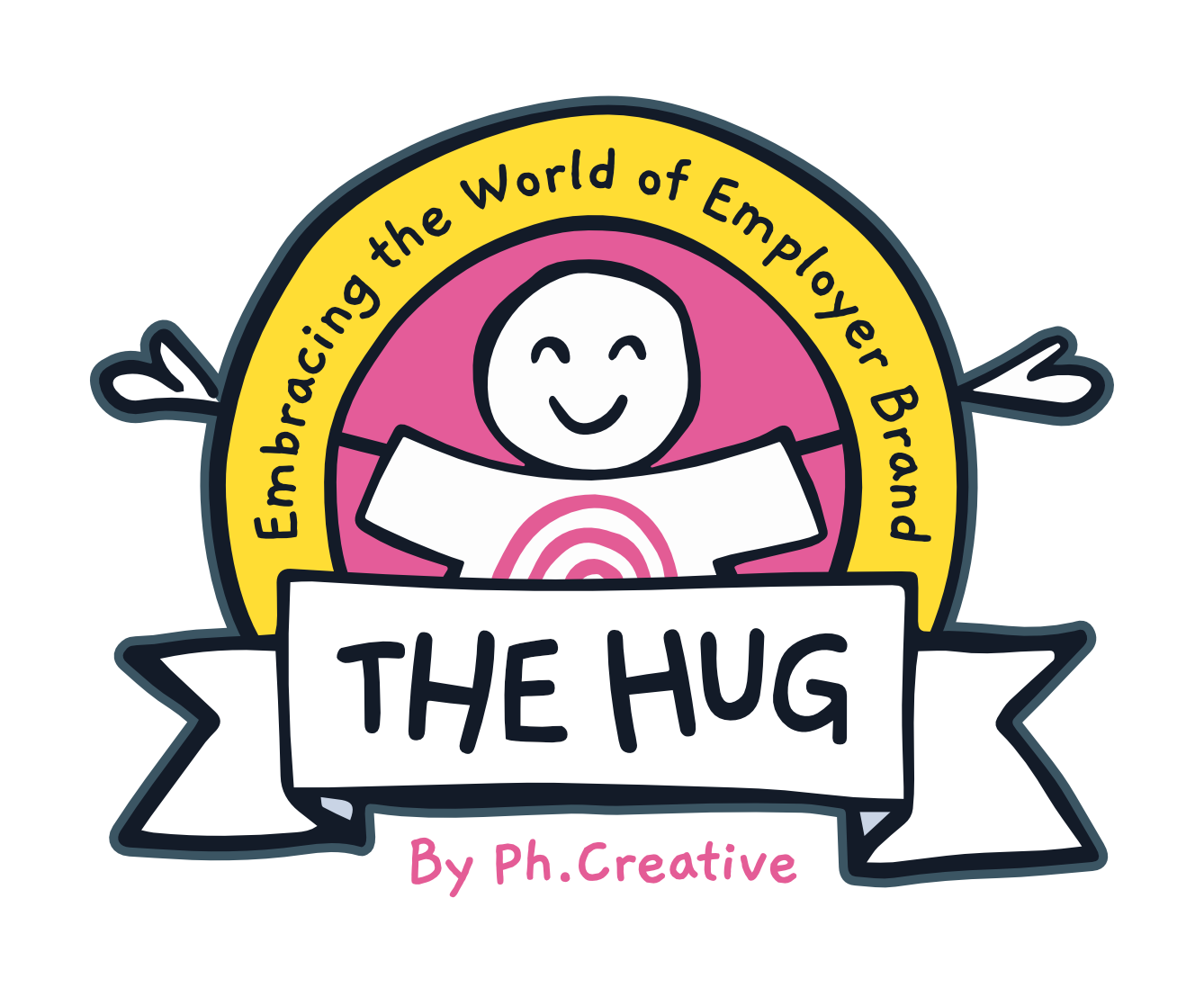Career Websites: Site structures that tell your story
Part 1: Tell your story... Site structure and category pages
To get the right eyes onto your job ads, and get your business moving forward, it’s vital to pay attention to Search Engine Optimization to ensure a high performing careers website. We’re focusing on the key pieces of the SEO jigsaw in this simple and easy-to-understand series of blogs. For even more detail, download our Ultimate Guide to SEO for Careers Websites.
Let’s dive into part one. Your careers website doesn’t just display your available jobs. It tells your story as an employer. Every great story needs chapters, and that’s where site structure comes in.

Site structure - Build a pyramid
A site structure is the index and contents page of your entire website. Get this part right, and you’re off to a great start when it comes to SEO. A good website structure should resemble a pyramid, with your Homepage (shop window) at the top with category pages and job
pages beneath. Everyone loves a good shop window.
Good site structure keeps Google’s search bots happy. They can crawl your site and index pages easily to ensure you’re displayed within search engine results pages. Candidates can also find jobs and resources easily throughout your site without hitting dead ends, and that keeps them happy. Win-win.
With the homepage at the very top of your structure, acting as the gateway to the rest of your site and linking to the category pages, then subcategory pages, and finally individual pages, you immediately give users and search engines the best possible opportunity
to navigate around the site and see the pages that are important. Why make it hard for people to see your great content?
Breadcrumbs
You can make your website structure even clearer by adding breadcrumbs to pages. Think Hansel and Gretel, leaving breadcrumbs to find their way home. This is especially important if you have a large number of job pages on your website. Breadcrumbs are clickable links, usually visible at the top of a page once you have navigated through a few pages. They just give users a signpost about where they are on the website.
Don’t disregard breadcrumbs. Despite the name, they have a weighty part to play in successful careers websites, especially for sites with a large number of pages. And there's no seagulls around to pinch them.
Keywords
Do we really need to explain keywords? Really? Well, if for some reason you don’t know what we mean, keywords explain the existence of a webpage and describe to both visitors and search engines what the page is about. To get found by the people you want to look at your site you need keywords to show them the way. So, you need to do lots of keyword research, ensuring you are choosing the keywords most relevant to your pages and that candidates are using when they search. Don’t guess. Research.
Getting your categories right
The importance of category pages on a careers website simply cannot be overstated. These pages add so much SEO and user value to a candidate visiting your website for the first time. They inform users and keep them interacting with your website in the process. So you need to give your categories plenty of attention.
Now, a good category page will provide enough detail to compel the user to take the next step in their journey, and give them enough signposts to reach their destination. Some of these signposts may include supplemental content, job roles, or blogs that can perhaps educate the user more about the job family they are reading about. So that’s all good. But good isn’t great...
A great job category page within a careers website provides a good call to action, details of existing vacancies, and a good amount of main body content on the page. It then provides supplemental content, sharing employee stories with good video content. The culture of the business comes through clearly at the top of the page and throughout the content, and there is even a section dedicated to signing up to the company talent community if candidates aren’t ready to apply for a role yet. More supplemental content includes “employee stories,” which gives users some great resources to learn more from people who actually work within the business. In other words, it's a richer, more engaging experience that tells more of your story.
Category pages are crucial to your SEO efforts and both from a usability and searcher intent perspective, and play a hugely important part in the website structure and user journey. Investing in creating great category pages will boost your SEO efforts, and help increase your conversion rate.
So, there you have it. How does your careers website measure up when it comes to site structure and careers category pages? Have a long hard look and apply the advice above for great results. For more insight, download our Ultimate Guide to SEO for Careers Websites.
Sign up to our blog

Every other Thursday we share:
✔ One feature full of our freshest insights
✔ An expert hack you'll love to use
✔ The links you need now
+ other helpful bits for thousands of EB and TA pros just like you